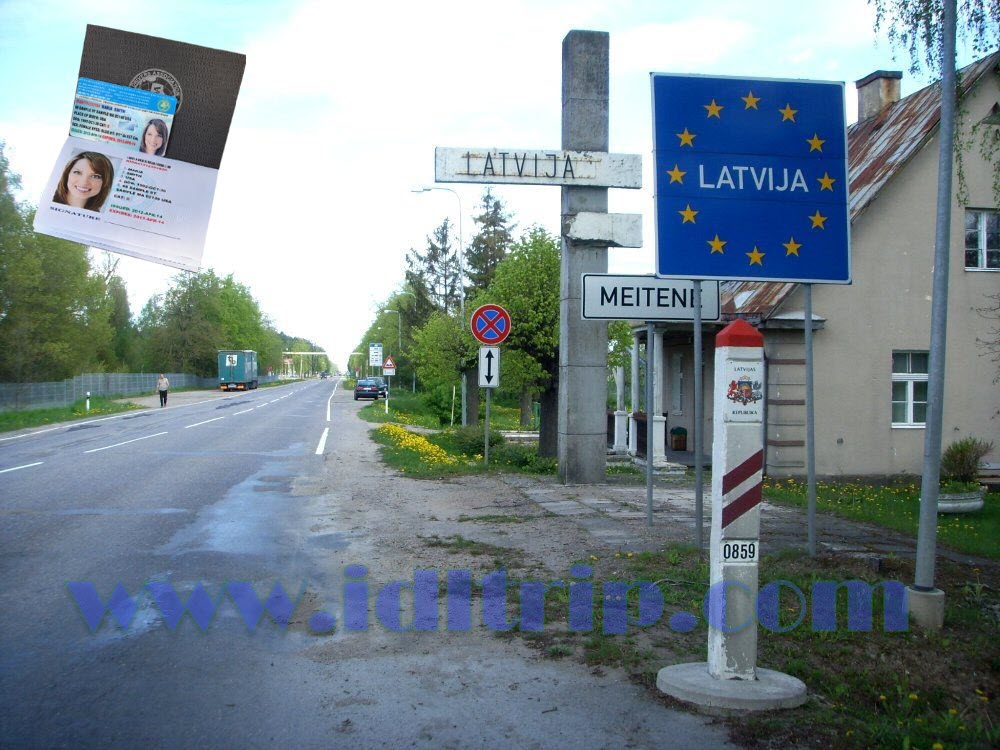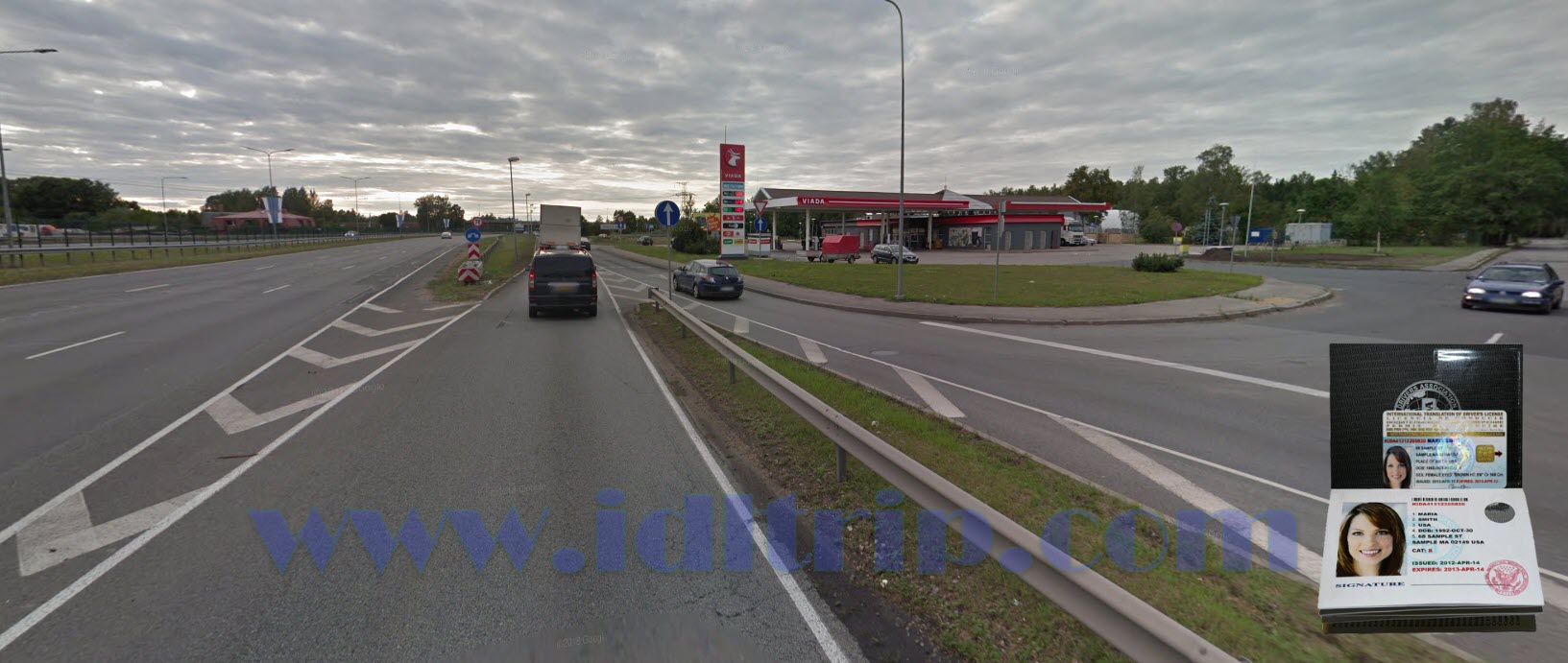Entering Latvia from other countries and documents requirements.

Tips for road safety in Latvia
Latvia has land borders with Estonia, Lithuania, Russia and Belarus. From Sweden and Germany travellers by car can take the ferry, thereby avoiding long road-trips.
Upon entering Latvia from Lithuania and Estonia, there is no border control since, just like Latvia, these Baltic States adhere to the Schengen Agreement. However, upon entering Latvia from Russia and Belarus, you must pass through border control.
Drivers should note that the standard of roads in Latvia varies – streets in cities are asphalted or cobbled, however, unpaved roads are common outside cities and lowering speed when is advisable.
There are no toll roads in Latvia, but drivers do have to pay to enter the resort city of Jurmala.
To stay safe while driving in Latvia to be alert, drive safely, study the map before you set out, and drive in daylight hours.
- Pedestrians should only cross the road at designated crossings, and always make sure cars are going to stop before crossing
- In winter, be careful walking on icy paths and drive slowly on icy roads. Check with locals before you set out to see if there are any black ice spots
- Never drink alcohol and drive
- Always use headlights to maximize visibility on the roads – winter months can be especially dreary during daytime hours
- Avoid driving during snowstorms, but if your schedule demands it, drive slowly
- Always stick to the speed limits, which are usually 30mi/h (50km/h) in cities and 55mi/h (90km/h) on roads outside of urban areas, and 62mi/h (100km/h) on motorways.
- Pedestrians have right of way.

Use of foreign driving licence in Latvia
An international driver's license is not required. In other words, tourists and other short-term visitors to Latvia can drive using their U.S. license.
Foreign driver may drive a vehicle in Latvia, if in possession of:
- driving licence issued in EU Member state or in EFTA country;
- driving licence where categories thereof are indicated in accordance with 1968 Vienna Convention “On Road Traffic”;
- driving licence where categories thereof are not indicated in accordance with 1968 Vienna Convention “On Road Traffic”. A person having such a Driving licence may drive a vehicle corresponding to the category B only, provided it is allowed in the country where this Driving licence has been issued. When entries in the Driving licence are not made in Latin letters, a person has to submit notarially certified translation into Latvian.
- An International Driving Permit is a translation of your national driving license. The IDP allows motorists to drive vehicles in foreign countries. You must always have your IDP along with your national license at all times.
Driving licence:
Visitors riding or driving in Latvia must have reached the minimum age required to drive/ride a vehicle of equivalent category even if they are qualified to drive at a lower age in their country of residence. You must be 18 or over to drive a private motor vehicle in Latvia.
All EU driving licences are recognised.
Important documents:
Vehicles from the UK may be imported into Latvia for up to 6 months in any period of 12 months. When driving in Latvia the following documents should be carried:
- Full, valid driving licence*
- Proof of Insurance (third party or above)
- Proof of ID (passport)
- Proof of ownership (V5C certificate)
While driving in Latvia you are required by law to carry the following items. Hefty on-the-spot fines can be issued for failing to carry specific items:
- Headlamp beam deflectors (Depending on your car, you will either need deflector stickers or have to adjust the beam manually)
- A first-aid kit & fire extinguisher is compulsory aboard all motor vehicles
- Warning triangle (Any motor vehicle travelling in Latvia, regardless of country of registration, must carry 2 warning triangles)
- All vehicles must have their lights on day and night
- Reflective Jacket (for use when walking on the road at night or daytime)
- Motorcyclists (Safety helmets are compulsory for drivers and passengers of mopeds and motorcycles)
Parking cars and trailers
You can park your car at a paid car park, at the side of the road (look for the ticket machine) or the free parking lots often available near sights and attractions. Drivers should check whether the car park has overnight parking.
For trailer or caravan travellers, special campsites and parking lots have been set up where you can spend the night and take a shower.
Parking Regulations
In towns motorists must take care not to park on tram lines.
Parking at the side of the road against the traffic flow is permitted on roads with only one lane of traffic in each direction and without tram line in the middle.
Theft of cars and visible valuable articles left in cars is common. It is therefore advisable to use guarded car parks whenever possible.
Enforcement of parking regulations
The police can collect fines on the spot.
Seat belts:
It is compulsory to wear seat belts on all seats equipped with a belt.
Travelling with children:
Children under 150 cm in height must use a special seat or the lap strap of an adult seat belt.
Traffic lights:
- Traffic lights
- The international three-colour system of traffic lights is used in Latvia.
Availability of fuel
Fuel is quite easily obtainable both in and outside main towns.
The main petrol companies are Neste, Shell, Statoil and Texaco. There are a number of 24-hour petrol stations in Riga.
A special winter diesel fuel with a very high congealing point is available in winter.
Means of payment
Most service stations accept Visa and Mastercard. Cash payment is accepted in local currency only.
